From Olio to Kitche, food waste apps are reporting a spike in demand amid the cost of living crisis. So how do these apps work? And how are they adapting to their growing number of users?
”Food waste is perhaps one of the easiest problems to solve,” Too Good To Go founder Chris Wilson told Vice in 2016. “On the one side, we’ve got this huge problem of over-production, consumption, and excess… And on the other side of the coin you’ve got a billion hungry people in the world.”
Wilson was speaking just two months after the mobile app began its mission to tackle food waste from shops and restaurants by redistributing their surplus to hungry customers. Since then, its growth has been exponential. Having saved 479k meals from the bin in 2016, that figure soared to 52 million globally in 2021.
It’s just one of a raft of apps looking to tackle food waste – and attracting a soaring number of users in the process. So how do these apps work? Just how fast are they growing? And how are they managing to keep up with demand?
In the case of Too Good To Go, the surplus food comes from its 22,000-plus UK business partners, which range from Costa to Costcutter. Customers can buy so-called ‘magic bags’ from a local business – containing surplus stock costing a third of the original retail price – on the app, and pick them up in person.
Others do things slightly differently. Olio, for example, uses its volunteer network to go into businesses and collect surplus food, which is then listed on the app. Users can also list their own surplus for others to pick up.
Then there’s Foodiverse, an app that connects retailers with surplus stock with charities and community groups. And Kitche, which looks to tackle waste by helping users keep track of what they’re buying.

They may do things differently, but they have one thing in common: a rapidly growing customer base. Too Good To Go has the highest number of users at 61.6 million globally and 9.8 million in the UK. Olio has gained 1.6 million users to reach 6.3 million globally.
Foodiverse now connects 500 supermarkets with 650 community groups in Ireland, while also helping FareShare directly connect food donors with over 7,000 local charities in the UK. And Kitche has a user base of 45,000 – a 33% increase on March.
The rise of these apps is, in some ways, a good thing. After all, it means less surplus is going to waste. But the reason behind this growing demand is less heartening: the cost of living crisis.
As consumers struggle with soaring food bills, a growing number are turning to these apps out of necessity. As Too Good To Go UK&I MD Sophie Trueman highlights, the growth of its proposition tallies with the growing need “to make home budgets stretch further”.
This motivation is coming through in the kind of food shoppers are saving through the app. Since January, demand for ‘magic bags’ from retailers – which tend to contain more essential items than bags from their foodservice counterparts – has grown by more than 100% each month, Too Good To Go reveals.
“The change in user behaviour is driven by the need to make home budgets stretch further”
The impact of the cost of living crisis is further highlighted by FoodCloud, the Irish non-profit organisation that developed the Foodiverse app. CEO Iseult Ward reports a growing demand for its services. “We must ensure we can distribute enough food to our communities … ensuring that nobody has to skip a meal to pay a bill or feed their children,” she says.
The severity of the problem was hammered home by a recent survey of 100 of FoodCloud’s charity partners, in which 78 said they were struggling to meet demand for surplus. The majority pointed to the cost of living crisis as the reason and 89 of them believed the problem was only going to get worse.
The sharp rise in demand mirrors what is happening in food banks across the UK. The Independent Food Aid Network, which runs hundreds of food banks across the country, told the BBC last month almost all of its food banks had seen more people coming in for help. At the same time, more than half reported receiving fewer food donations (p12).
The latter point is also a problem for food waste apps. Because, as their user base grows, surplus levels aren’t necessarily keeping up. Many have had to take action to shore up supply.
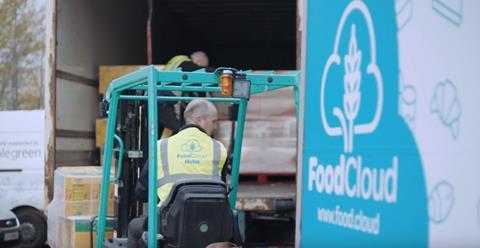
Foodiverse, for example, is targeting new donors and has this year gone beyond retail to work with restaurants. For Too Good To Go, it’s been about maximising surplus levels from existing partners. Although it has signed up fewer new businesses this year, compared with the same period in 2021, the amount of food on the app has increased due to “better understanding our partner businesses’ waste management processes and gaining access to more data so that we can maximise the amount of food saved”.
Meanwhile, Olio has been busy encouraging consumers to put their surplus on the app. It has used social media channels to urge households to check their fridges and cupboards once a week to “share their spare” with someone living nearby.
On the business side, it is looking to attract more partners – which already include the likes of Tesco, One Stop and Pret a Manger – through a tie-up with FareShare. Announced in June, the partnership aims to redistribute 200 million free meals by the end of the year (it has already rescued over 11 million).
But the app also points out it isn’t finding it hard to get surplus at the moment – “quite the opposite”. Its food listings have actually increased 53% since last year.
Of course, not all of these apps rely on surplus. The Kitche app looks to tackle household food waste at its root by keeping track of users’ food purchases and offering relevant recipes.
It’s now looking to raise its profile. Following a successful raise on Seedrs earlier this year of £262k, Kitche is adding new features to the app in October to highlight cost and environmental savings.
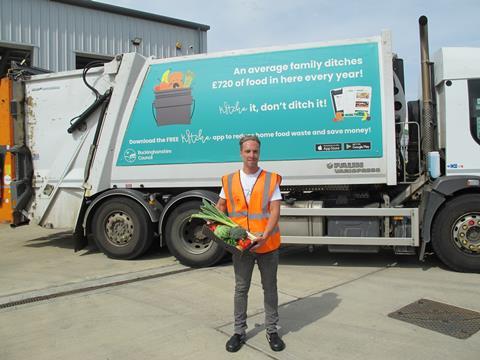
It’s also working with external partners to spread the word. The app is running competitions using local supermarket food vouchers and its new partners – London Borough of Bexley Council, Buckinghamshire Council and Essex County Council – are “actively promoting” the app to residents as a money-saving device, says Letitia Rohaise, Kitche head of impact.
She believes the cost of living crisis will attract more users to the app, which also looks to reduce food bills. “We’re a mission-led business because we think reducing waste in the home is good in so many ways. But the budgets are a massive part of it.”
As these apps are keen to point out, they are not a silver bullet in solving food waste. Olio co-founder and CEO Tessa Clarke wants action at a higher level.
“It’s high time the government steps up to the plate and shows proper leadership,” she argues. “We cannot continue to puzzle over how we’ll keep the world to within 1.5 degrees of warming, and feed the ever-expanding population, whilst allowing widespread waste and unconscionable inequality to persist.”
But in lieu of greater government intervention, apps like these are a step in the right direction.
How waste apps are evolving to resolve the food poverty crisis
- 1
 Currently reading
Currently readingHow waste apps are evolving to resolve the food poverty crisis
- 2



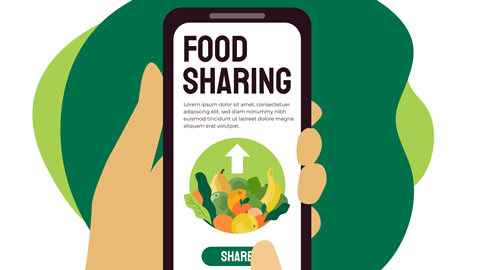


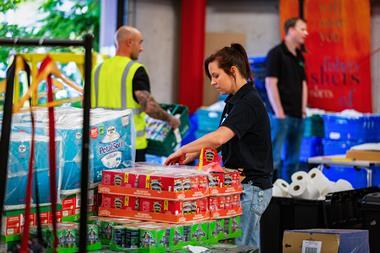

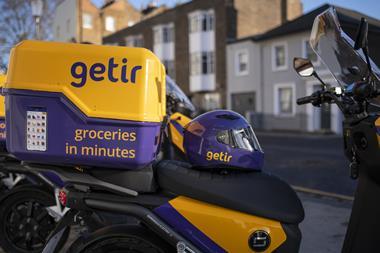

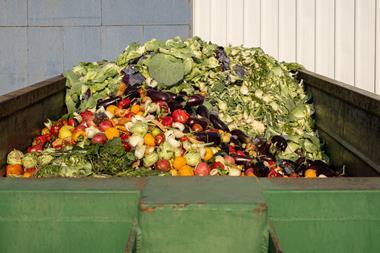
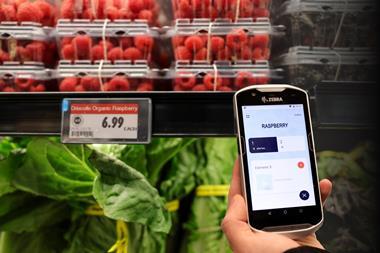
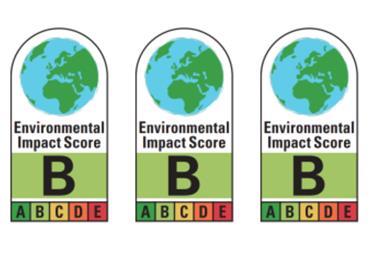



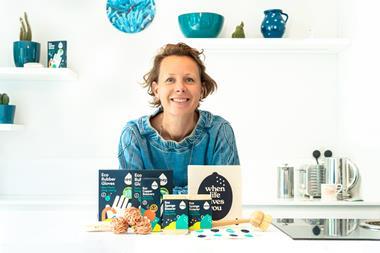
No comments yet